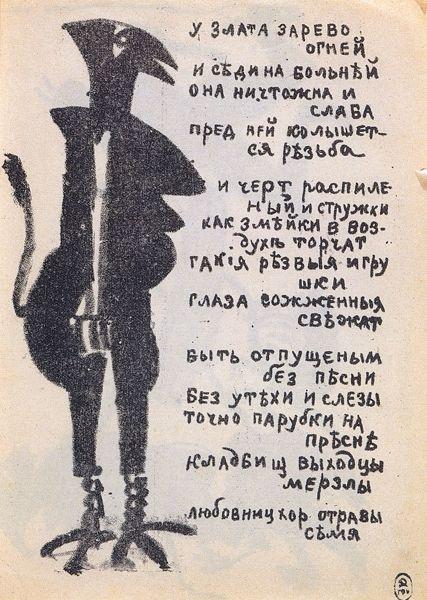Description
When observing the work "Demon - 1914" by Kazimir Malevich, one cannot avoid immersing himself in the complex world of suprematism, an artistic movement founded by the artist himself at the beginning of the 20th century. "Demon - 1914" It stands as a milestone within the evolution of Malevich's style, since, although it still retains figurative elements, it moves towards radical abstraction that would characterize its subsequent work.
At first glance, painting confronts us with an amalgam of geometric shapes and vibrant colors, apparently devoid of any referring to immediate reality. In the center of the composition a figure that could be interpreted as a human face, but at the same time it decomposes into angular lines and planes. This figure is the supposed "demon" to which the title refers, although its representation is ambiguous enough to invite multiple interpretations. The facial characteristics are covered by a mosaic of colors that include shades of red, blue, yellow, black and white, creating a dynamism and visual tension that catch the viewer in a state of constant interrogation.
The color in "Demon - 1914" is not used as a decorative attribute, but acquires a symbolic load; The primary colors and their contrasts evoke emotions and mental states instead of concrete objects. The black lines that delineate some forms add a graphic component, underlining the separation and coexistence of different color planes in a seemingly two -dimensional space.
The work is a testimony of the transition period that Malevich experienced in 1914. During this time, he gradually abandoned futurism and cubism, increasingly approaching pure abstraction. "Demon - 1914" reflects this transition: although the forms and figures remain identifiable to some extent, their representation no longer depends on a traditional three -dimensional logic. Instead, what emerges is a complex game of spatial and chromatic relationships.
The historical context in which this painting was created is also crucial for its understanding. In prerevolutionary Russia, artists were exploring new ways to break with the past and anticipate the future. Malevich, with his pioneering approach, led this avant-garde. "Demon - 1914" can be seen as an experimental essay that anticipates the suprematist manifesto, where Malevich will proclaim the superiority of "pure feeling in creative art."
Although "Demon - 1914" is not as well known as other works of Malevich as "black square" or "red circle", its importance resonates in the historical development of modern art. It is a transition piece that documes the process through which Malevich uprooted the painting of naturalism to put it at the service of a new spiritual and philosophical vision of art.
In this sense, painting is not only a visual exploration, but also an act of rupture and creation. "Demon - 1914" cannot be easily encapsulated in words; It is a visual challenge, a riddle that can only be unraveling through immersion and contemplation. It is a lush proof of the creative genius of Kazimir Malevich and a turning point in art history, where representation ceases to be the ultimate end, giving way to the expression of feeling and pure perception.
KUADROS ©, a famous paint on your wall.
Hand-made oil painting reproductions, with the quality of professional artists and the distinctive seal of KUADROS ©.
Art reproduction service with satisfaction guarantee. If you are not completely satisfied with the replica of your painting, we refund your money 100%.

